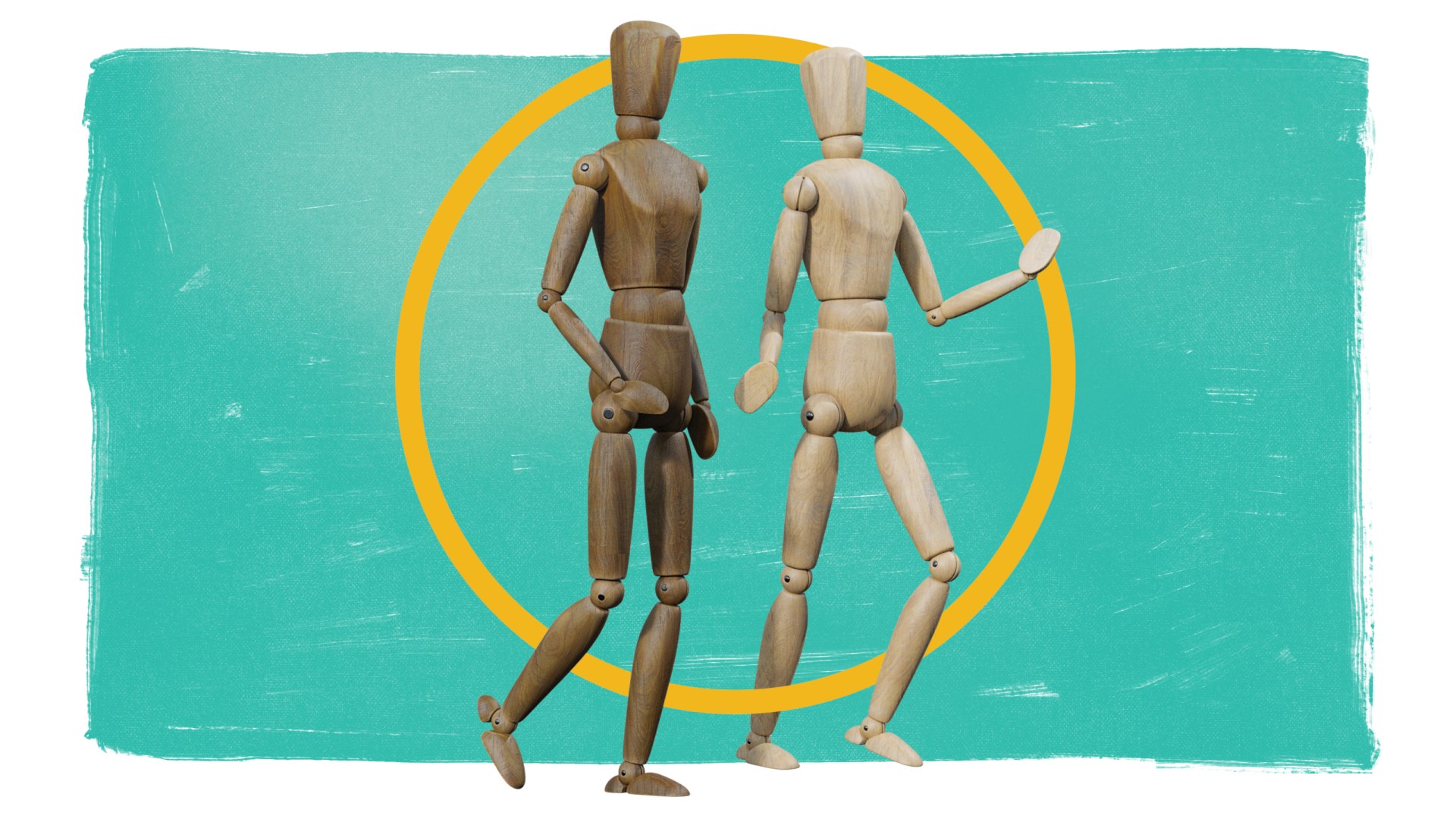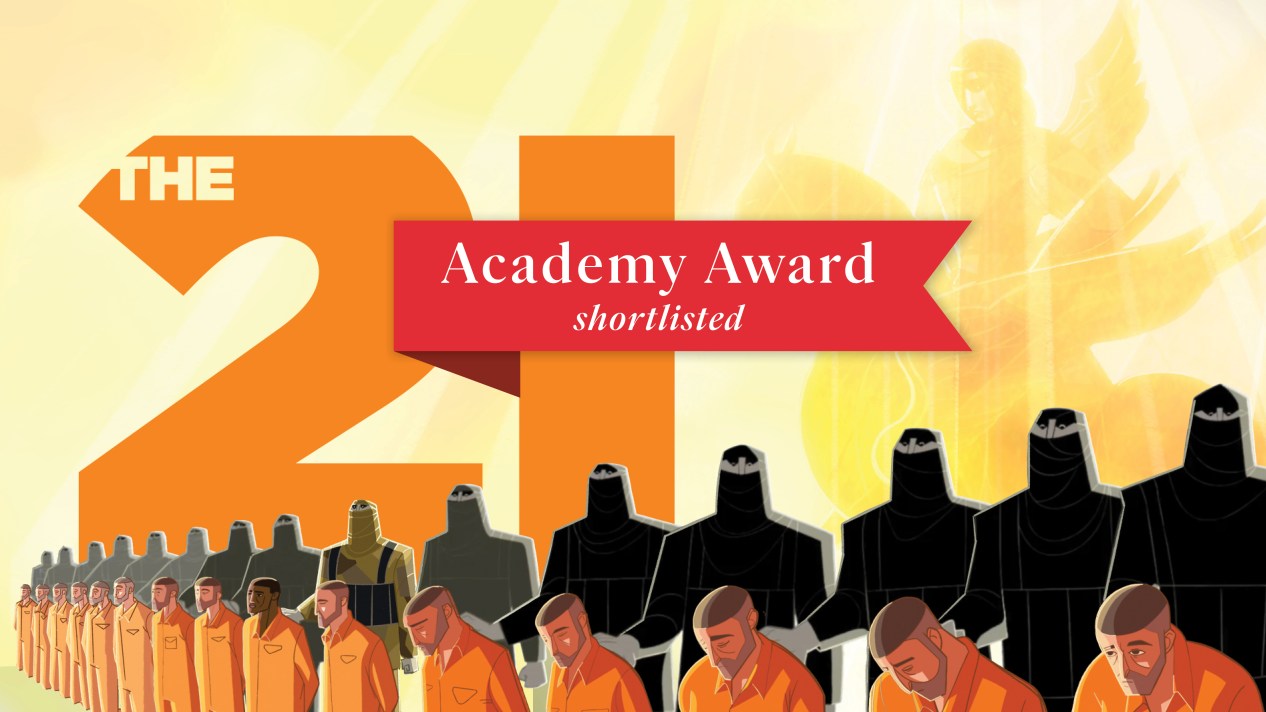At Southeastern Baptist Theological Seminary, graduate student and admissions counselor Aaron Ducksworth notes that the diversity of faces he sees emerging from chapel services is rapidly changing. “I see people of all different types of ethnicities who are there worshiping and talking together. It’s really encouraging to me,” he says. In the two years since Ducksworth arrived on campus, he has seen the number of racial and ethnic minorities at new-student orientation double along with a growing influx of international students.
Ducksworth’s experience at Southeastern is not unique. Similar changes are taking place at Christian schools across the country. Though most American colleges and universities have seen a dip in international student enrollment under the Trump administration (a 10 percent drop between 2016–2019), many Christian schools have experienced an increase.
The student body at Whitworth University in Spokane, Washington, reflects this national trend. “We are seeing a seismic shift in the demographics of our campus,” explains Whitworth president Beck Taylor. When he began his stint as president 10 years ago, only 33 percent of incoming freshmen were students of color, international students, or first-generation students (those who are the first in their families to go to college). In fall 2019, that number had increased to 56 percent of incoming freshmen.
Commitment to diversity
Schools are not simply recognizing that more and more of their students differ in age, sex, race, and ethnicity; they are actively embracing and encouraging it.
Wheaton College in Illinois, for example, has attracted significant interest from prospective students in Indonesia, China, and Singapore. “We’ve at least doubled our international students on campus,” notes Wheaton president Phil Ryken. In response to their own desire for a diverse campus and the demand seen overseas, the school hired an admissions counselor who speaks Bahasa Indonesia, the official language of Indonesia, as well as a full-time admissions representative who focuses exclusively on Asia.
Southeastern’s Kingdom Diversity Initiative offers another example. Based on the belief that the student body should reflect the unity and diversity of the Godhead, the initiative started in 2013 to recruit more female seminarians as well as students from a broader swath of ethnicities and countries. Ducksworth believes that scholarships for minority students have been critical to the success of the program. “They actually allocated funding to go with what they said they wanted, to show how serious they are. That spoke volumes to women and minorities. A person is dedicated to something if they put money towards it,” he says. Since the initiative began, the number of students and faculty of color on campus has doubled, while the number of female students has grown by nearly 40 percent. Speaking about the benefit of the Kingdom Diversity Initiative, Walter Strickland, associate vice president for diversity, says, “we are more like Jesus because of this.”
The Act Six Program also seeks to support those who are often marginalized by providing leadership training and full scholarships to students recognized by their local communities as driven and committed to using their education to become agents of change in the world. The program takes its name from a story in the sixth chapter of Acts, in which an early church confronted the 12 apostles with the reality of ethnic inequality in the distribution of resources. The Apostles chose to empower seven members of the underrepresented group to work out a solution to the distribution problems. Today, Act Six seeks to select an intentionally diverse group of students, both ethnically and economically, and provide them with the resources they need to become leaders and problem solvers. The Act Six network has steadily expanded over the past decade, and it now includes 16 colleges partnering with six affiliates in nine cities across the US.
Embracing a student body more reflective of the population as a whole has brought many changes to Christian campuses. On almost every campus, new student groups are emerging. David Hangha is a senior and a first-generation student at Taylor University who came to the US as a Burmese refugee about a decade ago. He found support and close friendships in one of the school’s international student groups, the Asian Society for Intercultural Awareness (ASIA). After a rough first year, the group helped him adjust. “Now, I really enjoy my college career because I have friends who are there for me whenever I need them,” he explains.
Some schools are embracing the practical implications of changing demographics as well. In recent years, Fresno Pacific University in Fresno, California, saw the percentage of its students who were first in their families to go to college skyrocket. Being a first-generation graduate is a unique accomplishment, an achievement droves of family members are eager to celebrate in person. In an effort to partner with these families in celebration, Fresno Pacific started renting out a 7,000-seat arena to host graduation ceremonies despite only having around 4,000 students.
College redefined
Higher education institutions are also adapting to reflect a demographic shift that is not cultural or racial but generational. The National Center for Education Statistics projects the number of degree-seeking students who are adults over the age of 25 to rise dramatically. Through the availability of online and evening classes, nearly half of Christian college students already fall into this non-traditional category. Depending on their field of study, incoming freshmen may find themselves taking classes alongside those who are two, three, or even four times their age. As colleges accommodate and encourage this intergenerational learning environment, they are building the schedule flexibility non-traditional students need into the curriculum and pushing courses and entire degrees online.
“In the big view, higher education has moved to graduate and adult continuing education,” explains Ronald Matthews, president of Eastern University in St. Davids, Pennsylvania. (Eastern University has a successful track record of online education, consistently ranking among the best in the state.) Matthews adds, “Undergraduate in-person, campus-based communities are being reconsidered in many ways as we think about life experience after high school.”
Could the move toward online education create a better framework not only for non-traditional students but also for international and minority students? “The old model of education uprooted students from their communities and asked them to move to the site of the seminary,” says Scott Cormode, Hugh De Pree Professor of Leadership Development at Fuller Seminary. A student able to make use of online programs “can remain, instead, embedded in her community. And that allows me as a professor to create assignments that keep the students’ learning grounded in their specific context.”
A point of conviction
It would, however, be unwise to assume all Christian colleges and universities are aligned on these issues. For instance, some Christian colleges are less hospitable to developing online curricula, either due to a lack of resources or because their mission does not support it. President Ryken of Wheaton College feels that the close, focused, on-campus community is central to his school’s core values. He notes, “We have a particular calling to raise up leaders for the church and society. To prepare people that are on a trajectory of influential leadership requires a certain investment of resources, a certain kind of life-on-life discipleship that we think is Wheaton’s long-term model for undergraduate education.” While he adds that Wheaton’s graduate school might adopt some online modalities, “this does not convince us that there’s an online future for Wheaton college undergraduate education.”
And while the demographic trend toward greater diversity is widespread, it is far from universal. In this instance, what is true of the whole is not necessarily true of its parts. “Looking at Christian higher education as a singular institution is too broad,” explained Alexander Jun, professor of higher education at Azusa Pacific University. “Significant increases in racial and ethnic diversity may be true in coastal cities and major metropolitan cities, like New York and Chicago, or in more progressive institutions. But I wouldn’t say that about the vast majority of Christian institutions across the country, especially those campuses that are predominantly white, located in communities that are predominantly white.”
Aaron Ducksworth and his wife, Sherelle, know first-hand that not all higher education institutions are created equal. At a previous school, they were often the only minority students in class, or Sherelle was the only female. They set out to find a seminary that could offer them a wholly different experience where ethnic diversity and female students were not rare or tolerated but rather deeply, visibly valued. “We looked at a few schools that did not have that focus or may have given lip service to it, but they didn’t seem to be truly devoted to it,” he says. Then, they found Southeastern.
When they heard Danny Akin, president of the seminary, speak about diversity during a campus visit, their minds were made up. “He’s not trying to sell you when he talks about it,” Ducksworth says. “You can tell that for him, it’s not just a goal—this is a conviction.” And Ducksworth sees this conviction play out in small and big ways at the seminary: in the staff and faculty, in the assigned readings, in the chapel services speakers, and in the candid monthly conversations that are part of the seminary’s Kingdom Diversity Initiative.
Next year, incoming freshmen at Christian colleges and universities have reason to hope for the same: They too can find an environment where they feel seen and welcomed, where their socio-economic status, race and ethnicity, or even gender does not prohibit them from any spaces or conversations. They can enter and create communities as they hold institutions accountable for their commitments and help be part of the change they wish to see.
Kevin Singer is a freelance journalist and PhD student in higher education at North Carolina State University, where he is a Research Associate for the Interfaith Diversity Experiences and Attitudes Longitudinal Survey (IDEALS), as well as Co-Founder and Director of Neighborly Faith.
Kassidy Hall is a senior and international studies major at Taylor University in Upland, Indiana, and Marketing Coordinator for Neighborly Faith.
Posted


